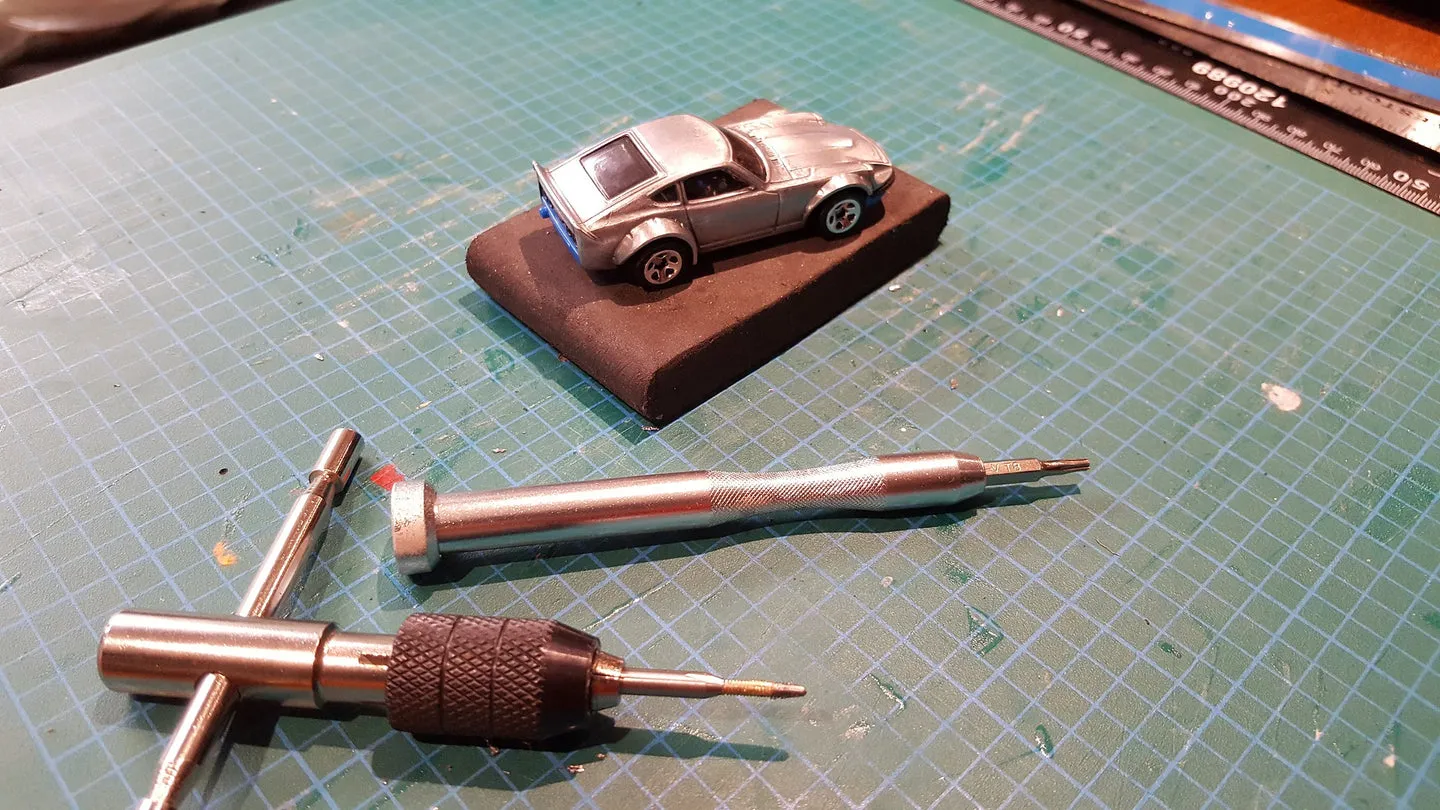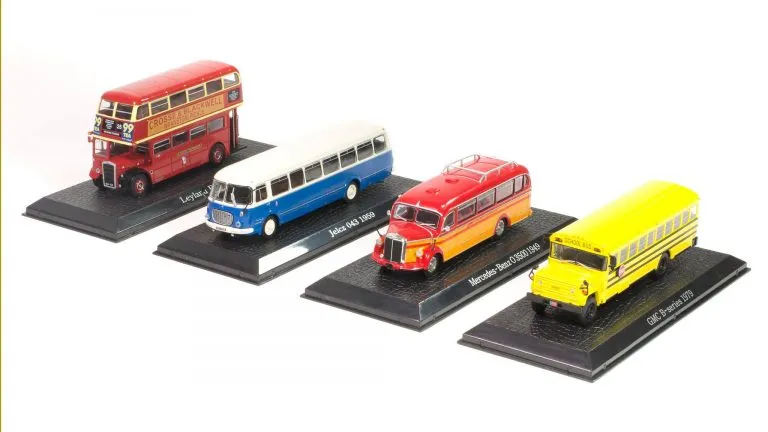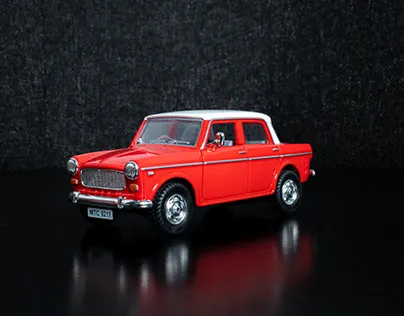The Diecast Car Journey
Diecast cars, miniature marvels of engineering and artistry, have captivated collectors and enthusiasts for generations. But have you ever wondered about the intricate process behind their creation? From the initial design to the final packaging, each diecast car undergoes a fascinating journey, blending technology, craftsmanship, and a passion for detail. This article delves into the complete process of how these small-scale replicas are brought to life, exploring the various stages and techniques involved in their manufacturing. It’s a journey that transforms raw materials into highly detailed collectibles, reflecting both the evolution of automotive design and the enduring appeal of miniature models.
Designing the Diecast Car
The journey of a diecast car begins with its design. This initial phase is crucial, as it sets the foundation for the entire manufacturing process. Designers start by researching the real-life vehicle, gathering detailed information about its dimensions, features, and aesthetics. This research often involves accessing blueprints, photographs, and even the actual car itself. Once the data is collected, the design team creates 3D models of the car using specialized software. These digital models are incredibly detailed, accounting for every curve, contour, and component of the vehicle. The designs are then refined, taking into consideration the practical aspects of die-casting, such as the mold’s complexity and the materials used. The final design is a detailed blueprint, ready to be translated into the physical world.
Creating the Mold

Once the design is finalized, the next step involves creating the mold. The mold is the heart of the die-casting process, serving as the negative impression of the car’s body and other parts. Typically, the mold is crafted from high-grade steel, chosen for its durability and ability to withstand extreme temperatures and pressures. The process of creating the mold is complex, often involving CNC (Computer Numerical Control) machining. This technology allows for precise carving of the mold based on the 3D design. The mold is meticulously crafted to capture every detail of the car, including its body panels, interior features, and any exterior accessories. The precision of the mold is essential, as it directly impacts the quality and accuracy of the final diecast car. The mold is usually made in multiple parts, with each section corresponding to a different part of the car such as the chassis, body, and interior components.
Understanding the Materials
Diecast cars are primarily made using a process known as die-casting, which is a manufacturing process that involves injecting molten metal under high pressure into a mold cavity. The materials chosen for die-casting play a crucial role in determining the car’s quality, durability, and overall appearance. The most common material used is a zinc alloy, a mixture of zinc, aluminum, magnesium, and copper. Zinc alloys offer a good balance of strength, castability, and cost-effectiveness, making them ideal for diecast production. Other metals like aluminum or tin-based alloys are sometimes used for specific parts or higher-end models. The selection of the alloy also influences the final finish and the ability of the car to hold paint and other decorations. In addition to the metal, the diecast process often uses other materials for parts like the tires (rubber or plastic), windows (clear plastic), and interior details (plastic).
Die Casting The Process
The die-casting process is where the magic happens, transforming the raw materials into the car’s physical form. Molten metal alloy is heated to a specific temperature and then injected into the mold under high pressure. This pressure forces the molten metal to fill every detail of the mold cavity, ensuring that even the most intricate features are accurately replicated. The high pressure is maintained until the metal solidifies within the mold. Once the metal has cooled and solidified, the mold is opened, and the formed car body or part is ejected. The process is repeated for each component of the car. The precision of the die-casting process allows for the creation of highly detailed parts, capturing the nuances of the original vehicle design. The efficiency of die-casting allows for mass production, making it possible to create thousands of diecast cars quickly and consistently.
Trimming and Finishing the Diecast

After the die-casting process, the newly formed parts undergo trimming and finishing. Trimming involves removing any excess material, such as flash (thin layers of metal that form at the mold’s seams) and sprues (channels through which the molten metal flowed). This is typically done using specialized trimming machines or manual tools, depending on the scale and complexity of the part. The next step involves finishing, which refines the surface of the parts. This can include processes like grinding, sanding, and polishing to create a smooth surface ready for painting. These finishing steps are crucial for enhancing the appearance of the diecast car and ensuring a high-quality product. Skilled technicians meticulously work on each part to ensure a flawless finish, essential for the final aesthetic appeal.
Painting and Decorating
Once the parts are trimmed and finished, they are ready for painting and decorating. This is where the diecast car truly comes to life, gaining its vibrant colors and intricate details. The painting process typically involves multiple layers of paint, each meticulously applied to ensure a smooth, even finish. Before painting, the parts undergo a thorough cleaning process to remove any contaminants that could affect paint adhesion. Base coats are applied first, followed by multiple layers of color coats. Detailed decorations, such as stripes, logos, and other graphics, are then applied using various techniques like tampo printing, decals, or even hand-painting for more complex designs. The painting and decorating stages are crucial for capturing the authentic appearance of the real-life vehicles, and skilled artisans are vital for achieving these details.
Assembly of Diecast Cars
The assembly phase is where all the individual components of the diecast car come together. This is a meticulous process involving skilled workers or automated systems, depending on the scale of production. The chassis, body, interior, wheels, and other parts are carefully assembled, often using screws, rivets, or adhesives. The wheels are mounted to the chassis, the interior is placed inside the body, and any exterior accessories are added. Precise alignment and fitting are essential to ensure that the final product looks and functions correctly. The assembly process can be labor-intensive, requiring a high degree of precision and attention to detail. This phase also involves quality checks throughout the assembly process to identify any defects or imperfections.
Quality Control Checks

Throughout the entire manufacturing process, rigorous quality control checks are implemented. These checks ensure that each diecast car meets the required standards for quality, appearance, and functionality. Quality control inspections are conducted at various stages of production, from the initial mold creation to the final assembly. Inspectors check for defects such as imperfections in the paint, misaligned parts, and any other manufacturing errors. Cars that don’t meet the standards are either reworked or rejected. These checks are essential to ensure that only the highest quality diecast cars reach the market, maintaining the reputation of the manufacturer and satisfying the expectations of collectors and enthusiasts.
Packaging and Distribution
The final stage in the journey of a diecast car is packaging and distribution. Once the car has passed all quality control checks, it is carefully packaged to protect it during shipping and handling. Packaging often includes a display box, a blister pack, or other protective materials to showcase the car and protect it from damage. The packaging design is often as important as the car itself, as it adds to the collectibility and appeal of the product. The packaged diecast cars are then distributed to retailers, hobby shops, and online marketplaces. From there, they find their way into the hands of collectors and enthusiasts, ready to be admired and treasured. The entire process, from design to distribution, showcases the skill, precision, and passion that go into creating these miniature masterpieces.
